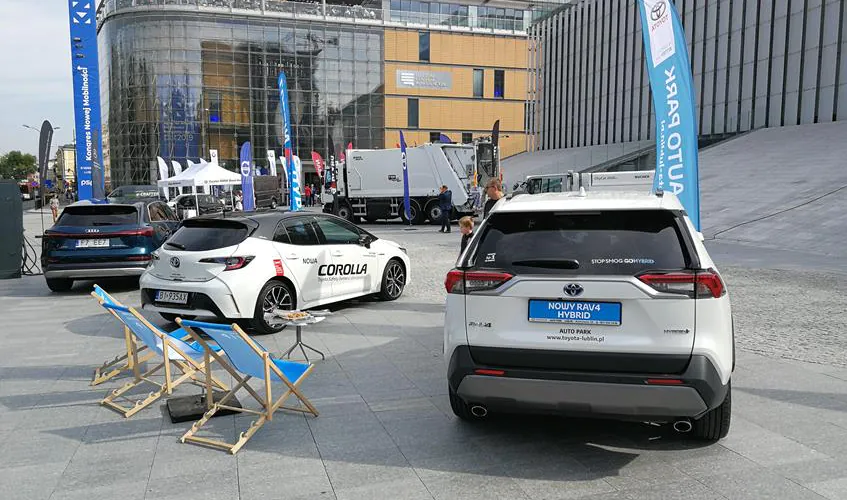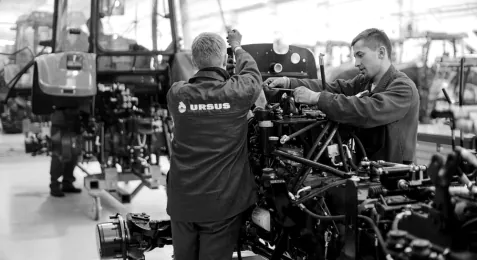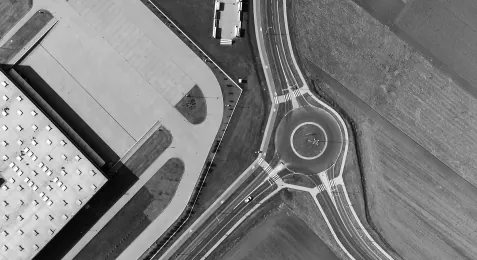Lublin Info Centre
Crisis in the automotive industry in Poland

For the purpose of the analysis, the data on vehicle registration periodically published by the Automotive Market Research Institute IBRM Samar was used. In April 2020, all European countries recorded significant decreases in the registration of new passenger cars. The statistics show that the biggest drop in passenger car registrations was in Italy (-97.6%), Great Britain (-97.3%) and Spain (-96.5%), i.e. the countries which were most affected by the current pandemic. Against this background, the Scandinavian countries stand out with the smallest contraction: -34% in Norway, -37.6% in Sweden and -38.6% in Finland. In the same period, the decrease in the registration of passenger cars in Poland stood at -67.1%.
According to IBRM Samar, 17,865 new passenger cars up to 3.5 tonnes of maximum authorised mass (MAM) were registered in Poland in April, which represents a decrease of -65.83% year-on-year, while 3,844 (-61.4% y/y) commercial vehicles were registered in the same period. There is a clear correlation between the data on new passenger car registrations and the total number of registrations in Poland. Apart from the economic collapse, the above-mentioned data was also influenced by the change in the way vehicle owners are served in the communication departments and the suspension of the mandatory deadlines for new vehicle registration. Also, it is worthwhile to have a look at the segment of premium cars. In April, a total of 3,386 new vehicles from this segment were registered, which represents a decrease of -50.78% when compared with the previous year. It is thus clear that the decline in the premium and luxury class was much smaller than in the standard passenger and commercial vehicle segment.
The next month was a period of gradually bringing the economy back to life and successive lifting of restrictions. As a result, the automotive industry in Poland recovered slightly after decreases in April. In May a total of 24,629 (-53.75% y/y) new passenger cars and 4,838 (-54.5%) commercial vehicles were registered. Again, the premium car segment, for which 4,042 new registrations were recorded, made up for the losses much more quickly, accounting for a y/y decline of -34.09%.
Although the monthly statistics show a recovery on the market as the number of vehicle registrations is increasing from month to month, it is worth taking a look at a broader scope of data. In January-April 2020, a total of 138,896 new passenger cars and 23,802 commercial vehicles were registered, which represents a decrease of -33.58% and -36.2% respectively. The data for the period January-May 2020 are as follows: 163,525 passenger cars and 28,640 commercial vehicles, representing decreases of -37.67% and -40.3% respectively. This data indicates that, despite an increase in new registrations month to month, the overall decline in new registrations continues to deepen for the whole period under scrutiny.
To sum up, the automotive market is undoubtedly in a very severe crisis triggered by the COVID -19 pandemic. Despite positive data from the beginning of the year (January-February), the following months were marked by a significant slump in registrations and demand. It should be remembered that car production is an extremely complex process involving tens of thousands of different elements manufactured by companies from many different sectors. Given the crisis in the automotive market, it is hard to imagine a real economic recovery.






